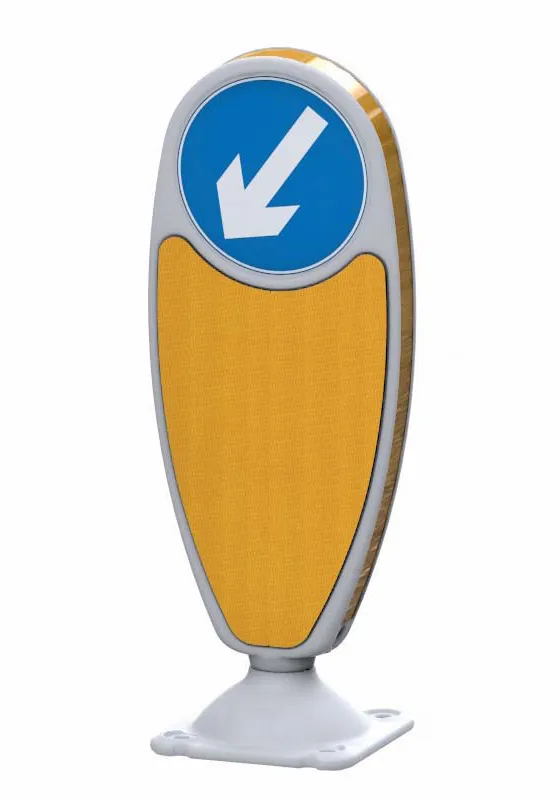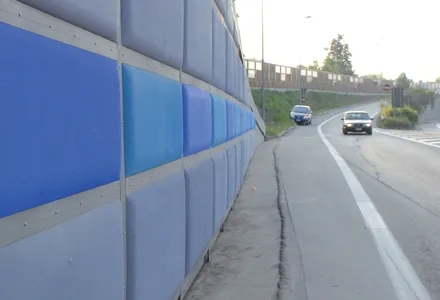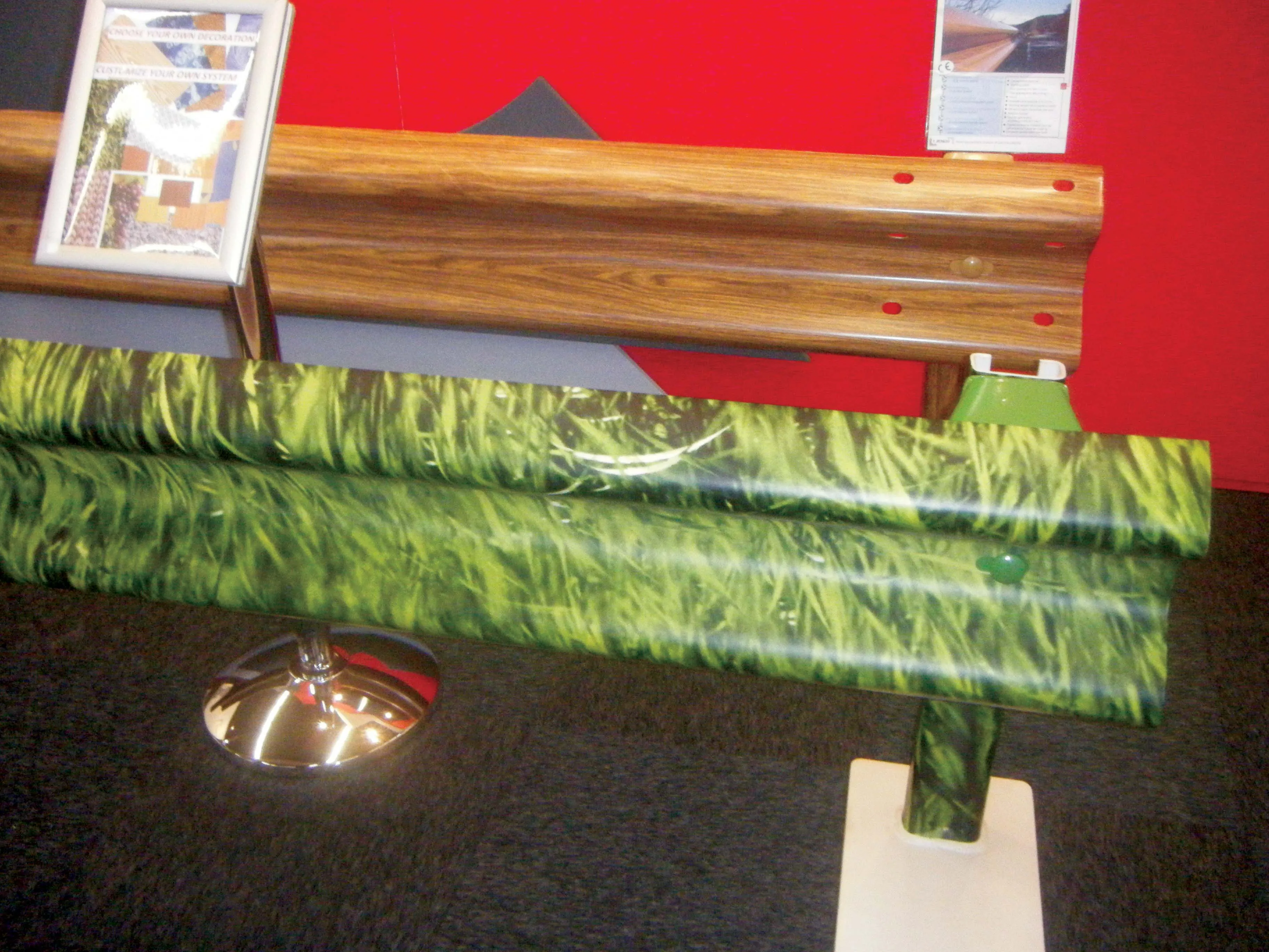The tough and durable self-righting keep left bollard from Leafield Highways features patented new manufacturing technology.
The economical, one piece bollard is said to offer improved performance over previous bollard types. The Night Owl bollard is a surface-mounted, one-piece unit that is rotationally moulded in a single operation.
The neck is made from a durable reflex material that provides the bounce-back capabilities of the bollard. The body is moulded from a high rigidity polymer that provid
April 1, 2016
Read time: 2 mins

The tough and durable self-righting keep left bollard from Leafield Highways features patented new manufacturing technology.
The economical, one piece bollard is said to offer improved performance over previous bollard types. The Night Owl bollard is a surface-mounted, one-piece unit that is rotationally moulded in a single operation.
The neck is made from a durable reflex material that provides the bounce-back capabilities of the bollard. The body is moulded from a high rigidity polymer that provides a stable surface for signage and conspicuity panels. The one piece Night Owl conforms to relevant British Standards and can withstand repeated impacts at up to 100km/h as well as the action of wheels running over the top.
The unit is said to be more durable than earlier generation designs made from reflex type materials. This is because the high flexibility of the reflex material causes signs to delaminate over time. When these earlier bollards are struck by a vehicle, the air pressure increases inside, causing expansion and resulting in the conspicuity panels cracking, crazing and coming unstuck.
The economical, one piece bollard is said to offer improved performance over previous bollard types. The Night Owl bollard is a surface-mounted, one-piece unit that is rotationally moulded in a single operation.
The neck is made from a durable reflex material that provides the bounce-back capabilities of the bollard. The body is moulded from a high rigidity polymer that provides a stable surface for signage and conspicuity panels. The one piece Night Owl conforms to relevant British Standards and can withstand repeated impacts at up to 100km/h as well as the action of wheels running over the top.
The unit is said to be more durable than earlier generation designs made from reflex type materials. This is because the high flexibility of the reflex material causes signs to delaminate over time. When these earlier bollards are struck by a vehicle, the air pressure increases inside, causing expansion and resulting in the conspicuity panels cracking, crazing and coming unstuck.









